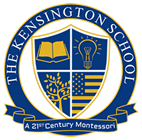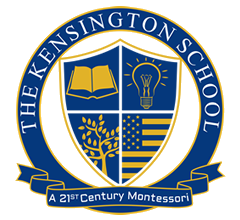MONTESSORI PHILOSOPHY vs TRADITIONAL EDUCATION
- Child has an innate sense of wonder and a natural disposition to learn
- Child is an empty vessel waiting to ‘be filled’—waiting to learn.
- Learner-centered with teacher as guide/facilitator
- Teacher-centered class
- Prepared self-correcting kinesthetic materials
- Textbook, pencil, paper and worksheets where the teacher corrects errors
- Individualized instruction, at a level consistent with the child’s development
- Class oriented instruction, at class’ pace or teacher’s pace
- Children exercise choice regarding what to work on and for how long
- Teachers chooses what children will work on and for how long|
- Integrated subjects and learning based on developmental psychology
- Individual subjects taught separately
- Process focused
- Whole child approach (cognitive, social-emotional, physical)
- Only focused on imparting certain knowledge
- Repeated use of materials is encouraged to develop investigative skills
INTEGRATED 21st CENTURY SKILLS vs TRADITIONAL EDUCATIONAL
Hands on, Project-Based Design working backwards from an end goal
Coverage of a textbook
Use of a range of resources to teach
Overwhelming use of the textbook as the curriculum
Differing instruction to meet individual needs
Same instruction for all students
Emphasis on learner as "doer" and "creator"
Emphasis on teacher as presenter/lecturer
Integrating technology into instruction to enhance learning
Use of technology as an add-on when time and space is available
Focus on multiple skills at a time
Focused on isolated skills e.g. listening, speaking, reading and writing, each addressed separately

